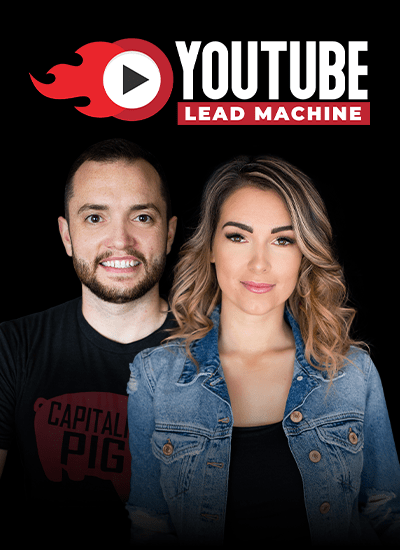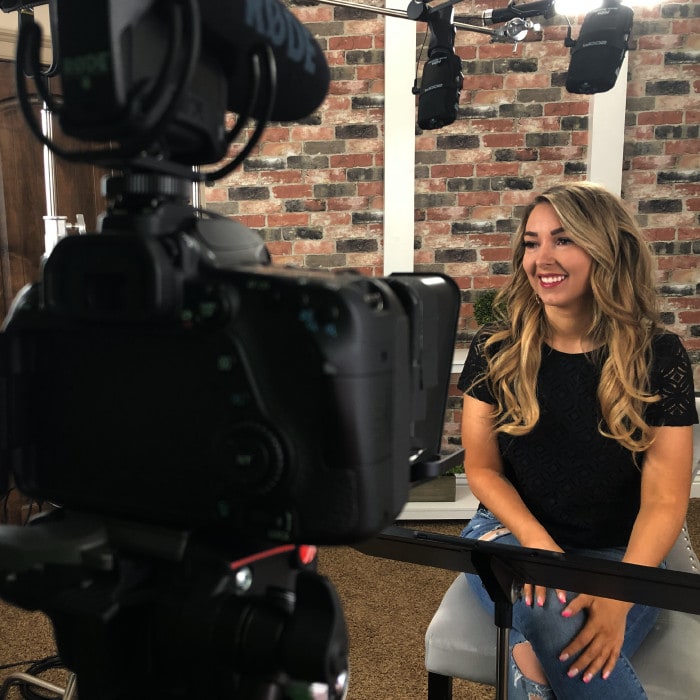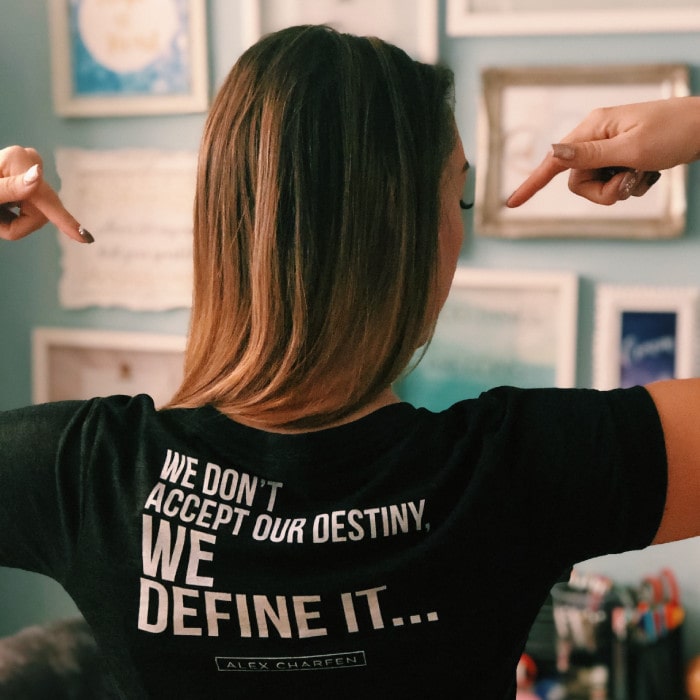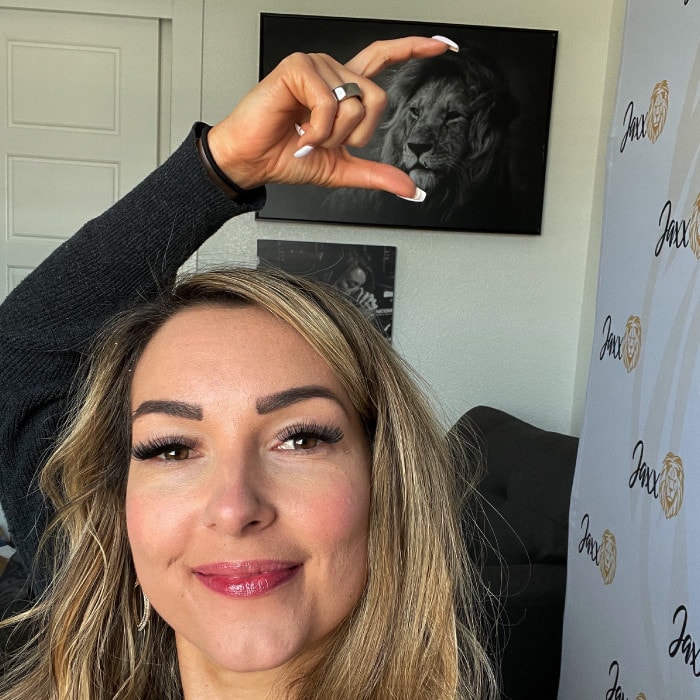Analyzing Your Facebook Insights
FREE DOWNLOAD: Social Media Metrics Calculator
Facebook is the most preferred social media platform for marketers. Aside from having the most number of active users, it also has one of the most sophisticated analytics interface. It’s crucial for any business or social media manager to understand how these numbers add up so that you can make better decisions for your content. If you fail to adjust or change based on the data you saw, you’ll likely spiral into failure but don’t worry, that’s what I’m here for.
In this post, we’re going to talk about analyzing your Facebook Analytics. We’re going to uncover the numbers and how they amount to anything.
To get started, you must first gather all the data you need. One quick export on your Facebook page will do the trick. Just go to the Overview tab on your Facebook page Insights and click on the right-hand corner where it says Export Data. Voila! You now have access to vast amounts of raw data.
If you haven’t tracked the numbers or tinkered with the analytics in the past, you can check out my social media metrics calculator for Facebook, Twitter, and Instagram. Now that you’ve computed your data, it’s time to make sense of the numbers and conduct your analysis.
There are several things that you should know in order to make better content and social media strategy decisions.
Number one, the best post. Look at your top Facebook posts by reactions and shares to determine what type of content resonates with your audience. The best metric here is engagement rate. The higher it is, the more it appeals to your followers. Facebook posts are usually broken down into photos, links or videos. Use publishing metrics to advise you on which post is the best.
Number two, your audience. Your audience’s demographic breakdown can help you create more tailor-made content. It also guides you on where to take the strategy you’re developing for your posts. At the same time, geo-targeting will help you plan how you’re going to distribute the content, figure out where your followers are located so you can easily craft materials that speak to them. You can also be specific about placing ads in certain locations that you feel would need or demand the most attention.
Number three, the best time. Use your metrics to be able to measure how often audiences go online and at what time. Facebook Analytics can give you an idea into your audience’s social behavior. When trying to plan your posting, do it during the peak hours that your audience is online. This really works if you’re just doing organic posting.
Number four, the next step. After knowing and interpreting your data, the next steps will define if you succeed or not in Facebook marketing. With the competition in mind, conduct a content audit that measures your SWOT: Strengths, Weaknesses, Opportunities, and Threats. Look for opportunities that can be improved through your content.
Conducting a Facebook analysis is important to constantly improve what you’re doing and get better results. Focusing on the numbers will take you in the right direction.












